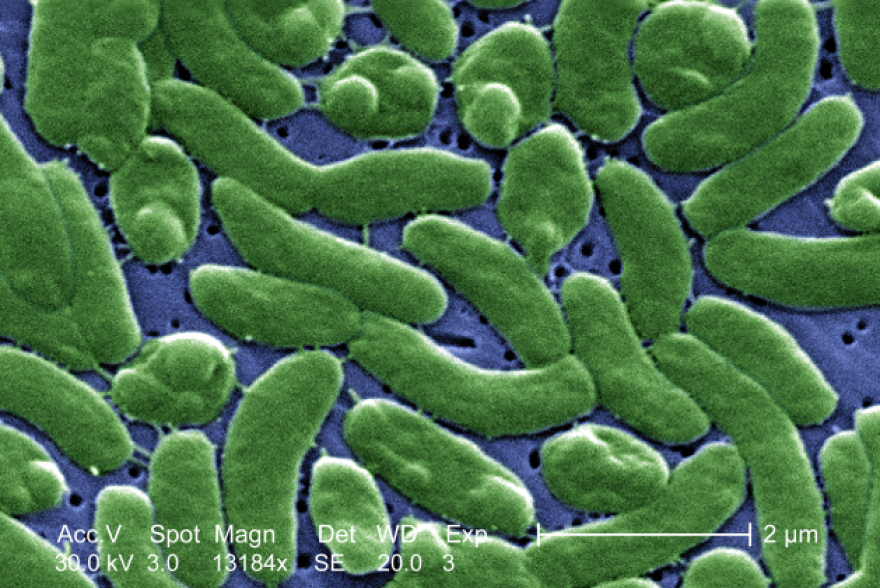State health officials say a potentially dangerous bacteria found in the water along Long Island Sound has caused an unusually high number of illnesses this summer.
The bacteria, called Vibrio vulnificus, occurs naturally in certain coastal waters and, in extremely rare cases, can infect open wounds or the bloodstream.
Over the past decade, Connecticut reported seven cases of this infection. But since July, public health officials say they’ve seen an “unusually high” spike: five cases in the past two months.
“The identification of these five cases over two months is very concerning,” said Dr. Matthew Cartter, state epidemiologist for the Department of Public Health, in an emailed statement. “This suggests the Vibrio bacteria may be present in salt or brackish water in or near Long Island Sound, and people should take precautions.”
Paul Gacek, an epidemiologist with the state DPH, said that public health officials are still investigating possible causes for the outbreak, and that the scattered nature of exposures along the coast of Long Island Sound makes immediately pinpointing a driving factor difficult.
“At this point in time, we don’t have anything to say ‘this is what caused this,’” Gacek said. “It’s not just one area, it’s many areas that people have been exposed to.”
Senjie Lin, a professor of marine sciences at the University of Connecticut, said Vibrio bacteria belong to a family of adaptable bacteria with robust genomes.
“It’s a complex kind of organism,” Lin said. “We still do not have a full understanding if climate and environmental change really is causing the increase, but it is likely.”
Vibrio bacteria typically become more abundant from spring to early fall. If those warm-water seasons grow due to climate change, so could bacteria populations, Lin said.
Lin said pollution and the bacteria’s genetic makeup could also play a role in its spread.
“We need to have more studies,” Lin said. “We still do not understand fully what is the trigger.”
According to the Centers for Disease Control and Prevention, most Vibrio infections are related to another strain of the bacteria found in raw or undercooked oysters and other seafood.
But infections from Vibrio vulnificus, the recent strain found in Long Island Sound, can be particularly problematic, albeit rare, and lead to hospitalization, limb amputation and death in about 20% of cases, according to Gacek.
Gacek said all five recent bacterial infection cases required hospitalization.
“Everyone that has been hospitalized, all five, have recovered,” Gacek said.
DPH said the five recent cases of Vibrio vulnificus infections occurred in patients from Fairfield, Middlesex and New Haven counties.
State public health officials said anyone with wounds from a recent surgery, piercing or tattoo should stay out of saltwater and “brackish” salt and freshwater mixes along the coast.
All open wounds should be thoroughly cleaned and, if coming into contact with saltwater or brackish water, covered with a waterproof bandage.





